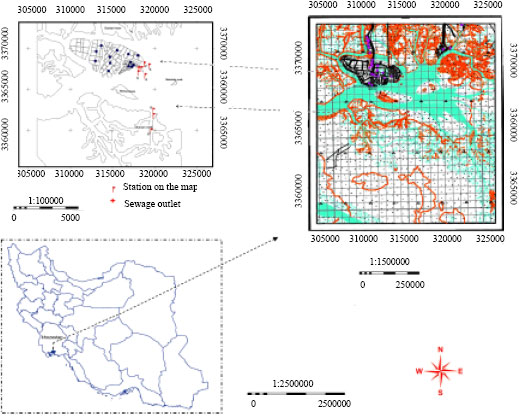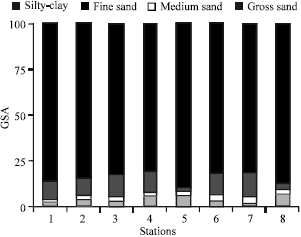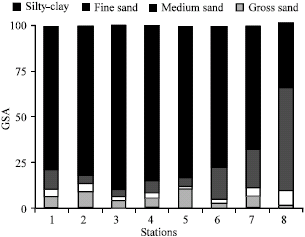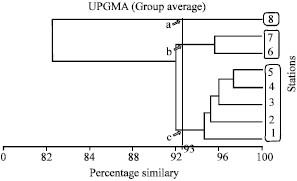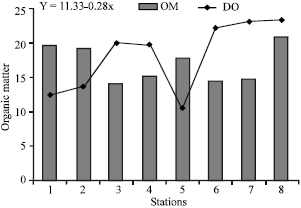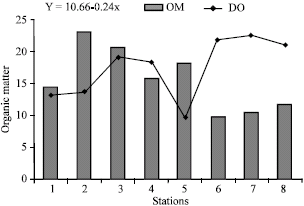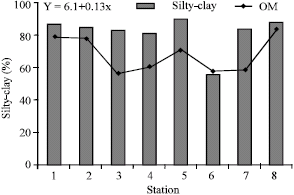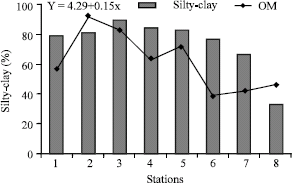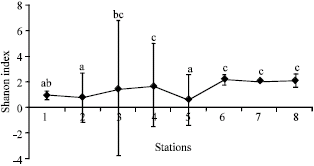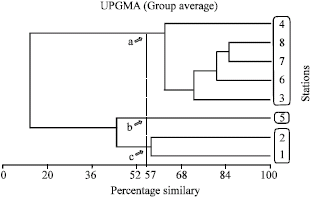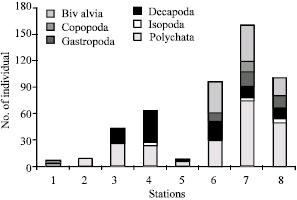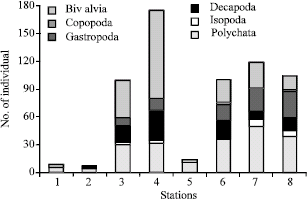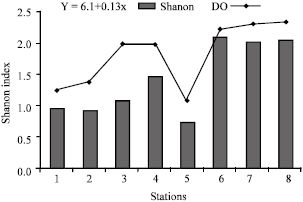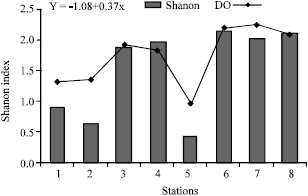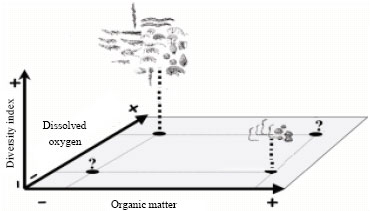Research Article
Study on the Effect of Sewage Pollutant of Bandar Imam Petrochemical Company on Benthic Macrofauna Community Mossa Creek Using Biodiversity Indices and Bioindicators
Department of Environmental, Research and Science Branch, Islamic Azad University, Ahwaz, Iran
Fazel Amiri
Department of Natural Resources, Islamic Azad University, Bushehr Branch, Iran
M.B. Nabavi
Department of Environmental, Research and Science Branch, Islamic Azad University, Ahwaz, Iran
M. Sh. Fazeli
Department of Environmental, Research and Science Branch, Islamic Azad University, Ahwaz, Iran
M. Afkhami
Department of Environmental, Research and Science Branch, Islamic Azad University, Ahwaz, Iran









